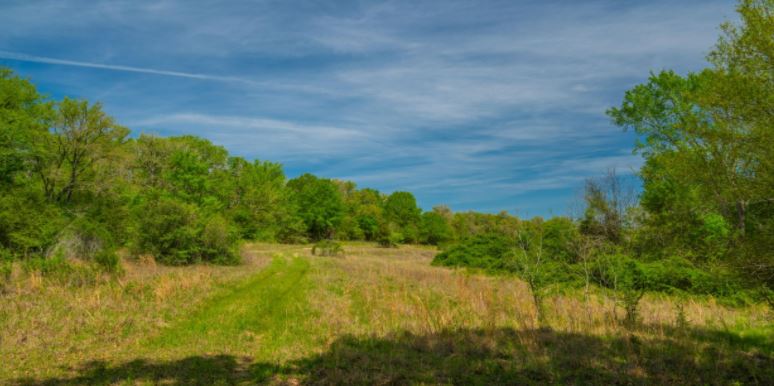Surveys show that most landowners in Texas place a high value on native wildlife. So does the State of Texas. Since 1995, landowners have been able to maintain ag taxes on rural lands using a wildlife exemption in Brazos County. The same can be said for other counties in the state.
Wildlife Exemption Popular in Brazos County (and Texas)
A “wildlife exemption” on a property is actually a wildlife use appraisal. It’s another option for maintaining an agricultural appraisal on land, and that helps with taxes. A landowner must perform at least 3 of 7 management practices annually to maintain land under wildlife use. Numerous activities can be used to qualify. The 7 major categories are:
- Habitat Control
- Erosion Control
- Predator Control
- Providing Supplemental Water
- Providing Supplemental Food
- Providing Supplemental Shelter
- Census
Important Wildlife Habitat in Brazos County
The most productive land in Brazos County can be found in riparian areas, but not every property has it. Riparian area refers to the low lying areas on either side of a stream course. You know… creeks. And rivers, too. Management or enhancement of the plants in these areas helps to alleviate erosion and protect water quality.
Much of our bottomland hardwood forests that existed historically have been cleared for agricultural production, degraded through improper timber harvest or other mismanagement, or flooded by the construction of reservoirs. Humans have been hard on riparian areas, mostly in the name of commercial agriculture.

Bottomland hardwoods have been referred to as the single most important wildlife habitat type. These areas provide a wealth of benefits for wildlife, erosion control, flood control, water quality, water retention, and ecosystem health. Landowners should attempt to restore and/or manage these riparian areas that include bottomland hardwoods, bogs, mixed pine and hardwood forests, and natural wetlands to promote ecosystem health and diversity.
Riparian management and improvements in Brazos County can include providing alternate livestock watering sites, deferring livestock from riparian areas during critical periods, excluding livestock from pastures with riparian areas, herbaceous plantings or seeding in degraded riparian zones, or replanting previously cleared or degraded bottomland hardwoods.
Managing Wildlife in Brazos County
Attention should specifically be given to protection of turkey roosting areas and snag retention for cavity nesters. By the way, a snag is any standing, dead tree taller than 6-feet in height. The areas along creeks and rivers are highly valuable areas for native plants and animals. These areas can be protected and/or managed for wildlife exemption in Brazos County.
There are numerous other wildlife management activities available to landowners though. Some of the more common practices in the county for wildlife tax valuation include brush management, predator control for red-imported fire ants and feral hogs, providing supplemental water using rainwater collection, and providing supplemental shelter for songbirds with nesting boxes.
Please contact us if you are interested in converting your Brazos County ag land to wildlife exemption. We can determine up front if your land qualifies for wildlife appraisal use. We can provide you with management recommendations for your property and develop a management plan that works for you and your land.
